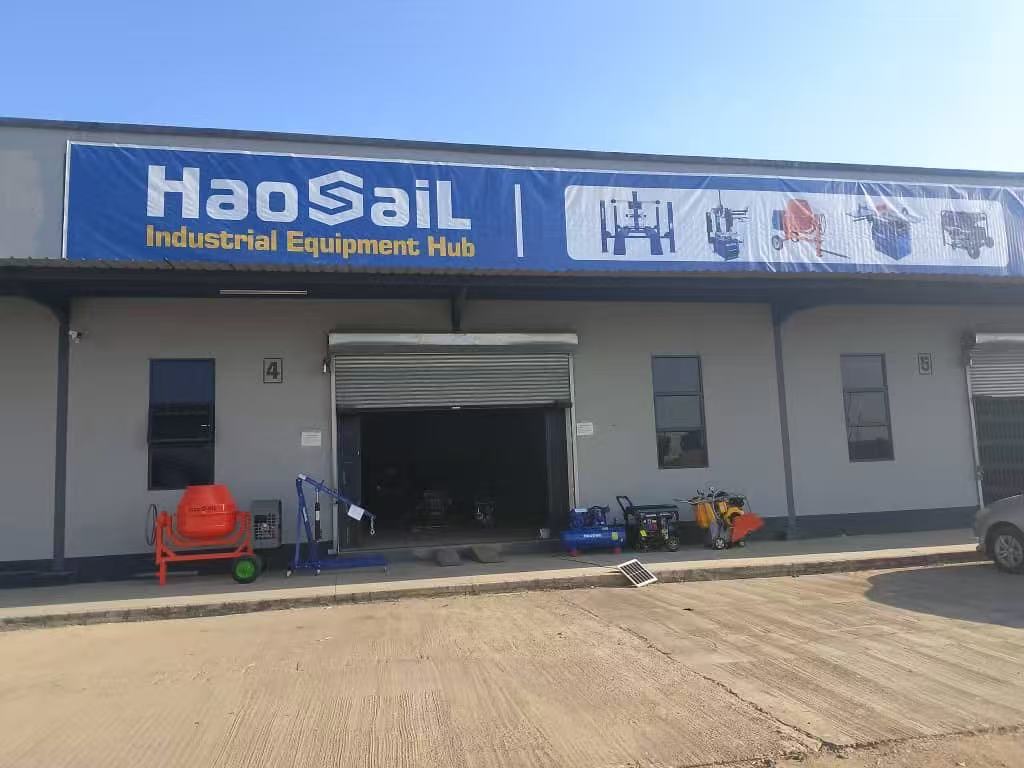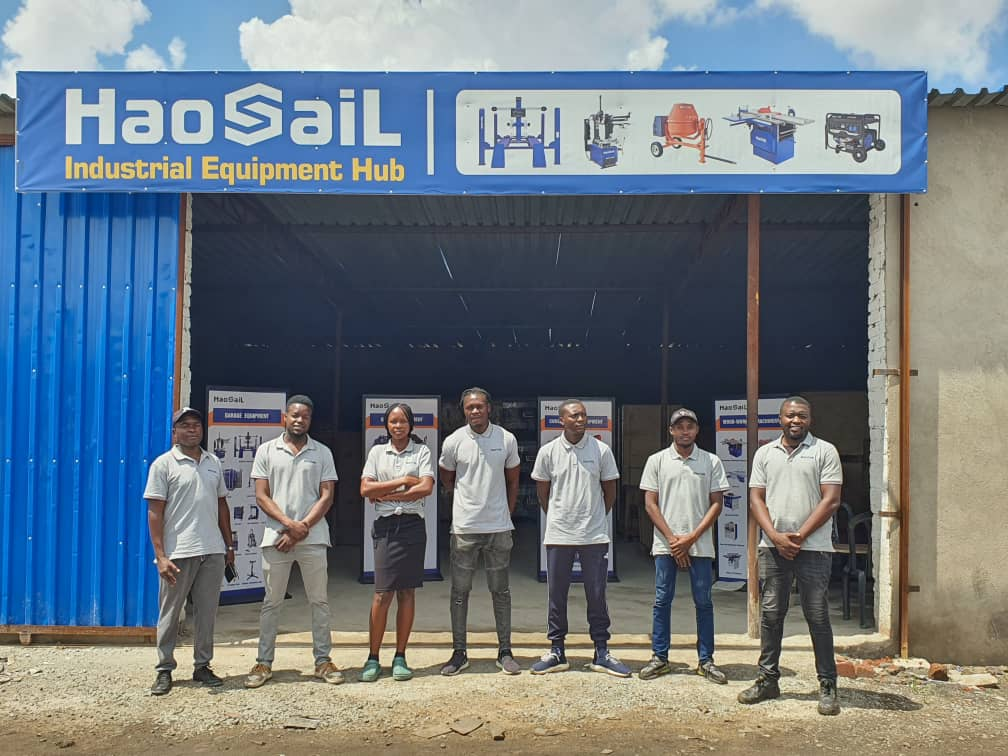
Aug 27, 2025

Aug 12, 2025

Jun 04, 2025

May 30, 2025
B4, Qingdao High-Tech Zone, No. 17 Songyuan Road, Qingdao.
+86 13864822549
For the Tyre Vulcanizer, we need to pay attention to the following points: The vulcanizer is used to cure the glue, in fact, it is a heating device. If the silicone used on the tire is silicone, it must be fluorosilicone rubber, which cannot be cured at room temperature, it must be heated and vulcanized. Silicone rubber can be cured at room temperature, which is a single-component and double-component silicone rubber, so that the vulcanizer can correctly repair the tire.
In the process of repairing the tire, we can choose hot repair and cold repair. Hot repair requires a longer operation time of the tyre vulcanizer, about 20 minutes, while cold repair only takes 5 minutes. In addition, fire repair can also be called hot glue tire repair. This repair method is mainly used for large trucks. The patch is attached and then vulcanized at high temperature with a tyre vulcanizer, so that the bonding strength will be better.
When using a tyre vulcanizer to repair a car tire, we need to use tire repair film, glue, tire grinder, tire remover, balancing machine, air compressor, sleeve and other tools. During the repair process, first remove the problematic tire from the car, then find the damaged part in soapy water, grind the damaged part with a grinding wheel, then stick the tire patch on, and finally use a dryer set to 110 degrees to bake the tire patch for 3 to 6 minutes.

In general,Tyre Vulcanizers, hot patching machines, and fire patching machines play different roles in the tire repair process.Tyre Vulcanizers are used for vulcanization treatment. Hot patching and cold patching are two common tire repair methods, while fire patching is mainly used for large trucks. Repairing car tires requires the use of a variety of tools and the operation of the tyre vulcanizer according to certain steps.
If the wound on the tire is large, it needs to be repaired from the inside to the outside. The advantage of the tyre vulcanizer tire repair is its excellent repair quality. The repaired tire can have the same life as a new tire. At the same time, this technology can also be applied to the repair of the sidewall and bead of the tire. Even if there is a rubber block wear or a hole on the side of the tire, it can be repaired by using the tyre vulcanizer through the normal temperature vulcanization tire repair technology, thus ensuring the safety of the tire.
Vulcanizing machine tire repair, this technology originated in the United States, its core concept is room temperature vulcanization. When repairing in a vulcanizing machine, first of all, the wound part of the tire needs to be polished clean and tidy, then evenly apply room temperature tyre vulcanizer, and stick a special patch. If the wound of the tire is large, it is necessary to carry out a comprehensive repair from the inside to the outside of the tire. The advantage of vulcanization tire repair is its excellent repair quality. The repaired tire can have the same life as a new tire. At the same time, this technology can also be applied to the repair of the sidewall and tire mouth of the tire. Even if there is a rubber block wear or a hole on the side of the tire, it can be repaired by room temperature vulcanization tire repair technology, thus ensuring the safety of the tire. However, vulcanization tire repair also has certain disadvantages, that is, the repair time is long. During the vulcanization process, the main function of the vulcanization pressure is to prevent bubbles from forming inside the tire and improve the density of the raw rubber. Because the water, other volatile substances that may be contained in the rubber, and the hydrogen sulfide gas that may be produced in the vulcanization reaction, these may overflow at high temperatures and cause bubbles in the rubber. Therefore, if the pressure applied during vulcanization is greater than the internal pressure of the rubber that may cause overflow, the generation of bubbles can be effectively prevented.